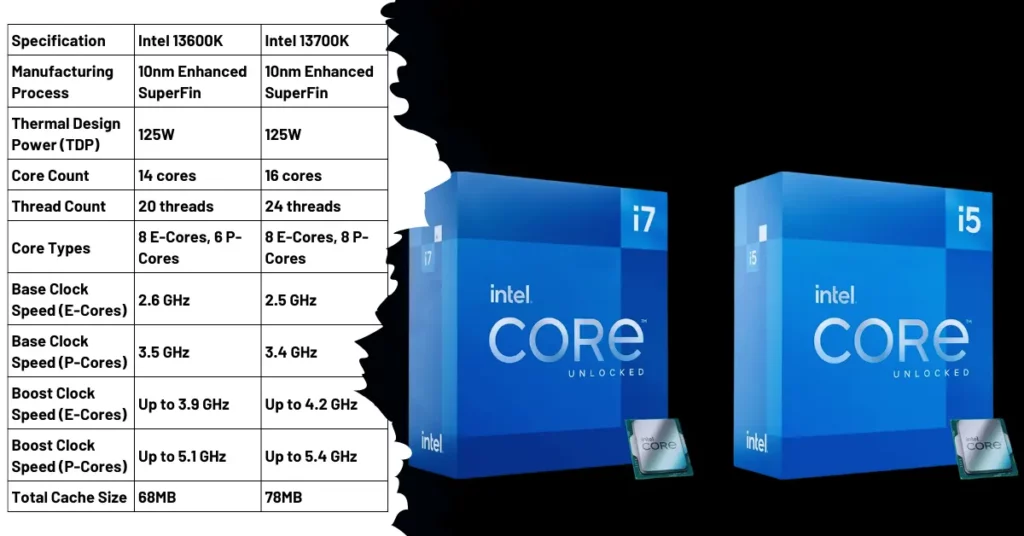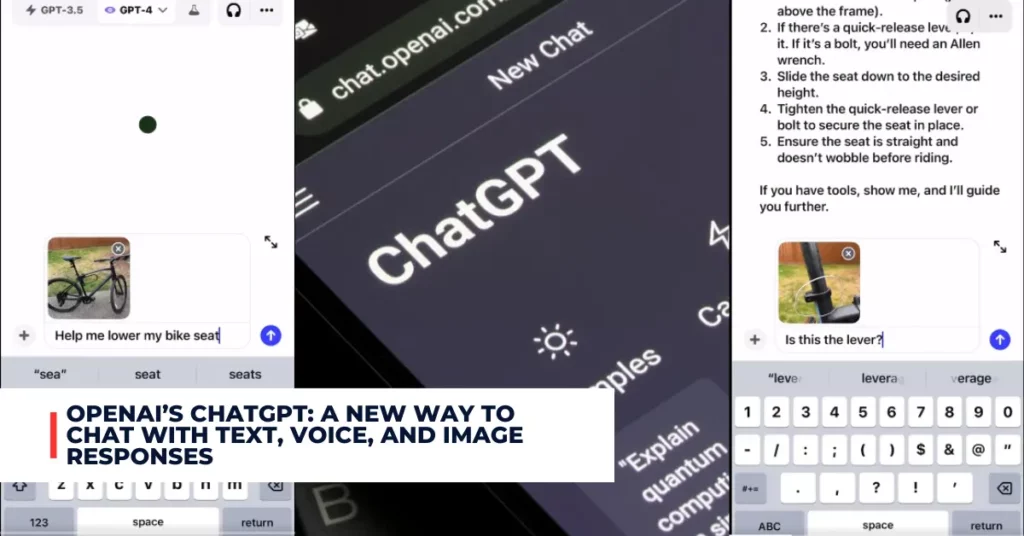Xiaomi, the popular Chinese smartphone maker, has announced its new operating system, HyperOS, at an event in Beijing. HyperOS is designed to replace MIUI, the Android-based software that has been running on Xiaomi devices for more than a decade.
HyperOS is based on a deep evolution of Android and the integration of Xiaomi’s proprietary Internet of Things (IoT) platform, Vela. HyperOS aims to provide a smooth and seamless experience across all Xiaomi devices, including smartphones, smartwatches, electric cars, and smart home products.
Contents
What is New in HyperOS?
HyperOS is not just a cosmetic change from MIUI. It is a completely rewritten operating system that boasts several new features and improvements. Some of the highlights of HyperOS are:
- Lightweight and fast: HyperOS is optimized to run smoothly on various devices, regardless of their hardware specifications. It uses a new memory management system that reduces RAM usage by 30% and improves app launch speed by 40%. HyperOS also supports an adaptive refresh rate, which automatically adjusts the screen refresh rate according to the content and battery level.
- Cross-device connectivity: HyperOS enables users to easily connect and control their Xiaomi devices from one central hub. Users can access their files, photos, messages, and notifications across their devices with a simple swipe or tap. They can also mirror their smartphone screen to their smart TV or laptop, or use their smartphone as a remote control for their smart home devices.
- AI-powered features: HyperOS leverages artificial intelligence to enhance the user experience and provide personalized recommendations. For example, HyperOS can automatically adjust the screen brightness, colour temperature, and contrast according to the ambient light and user preferences. It can also suggest apps, settings, and actions based on the user’s habits and preferences.
- Privacy and security: HyperOS puts user privacy and security at the forefront. It uses end-to-end encryption to protect user data from unauthorized access. It also offers a private space feature that allows users to create a separate profile with different apps, settings, and passwords. Users can switch between their public and private spaces with a fingerprint or face unlock.
Check out some other new content we’ve published:
- Google Introduces Enhanced Accessibility Tools for Android and Maps
- Qualcomm Unveils New PC Chip With AI Features for 2024
Which Devices Will Get HyperOS?
Xiaomi has announced that HyperOS will be available for its new flagship smartphones, the Xiaomi 14 and 14 Pro, which are also the world’s first phones to feature the Snapdragon 8 Gen 3 chip. The Xiaomi 14 series will come pre-installed with HyperOS when they launch in China in November 2023.
Xiaomi has also revealed a list of devices that will receive the HyperOS update in the future. The list includes more than 200 products from Xiaomi, Redmi, POCO, Black Shark, and MiJia brands. Some of the notable devices that will get HyperOS are:
- Xiaomi 13 series
- Redmi K50 series
- POCO F4 series
- Black Shark 5 series
- Mi Watch series
- Mi Electric Scooter Pro 3
- Mi Smart Speaker 2
Xiaomi has not announced a specific timeline for the HyperOS rollout for these devices. However, it has been said that the international rollout of HyperOS will begin in Q1 2024.
Express Technology shared a post on Twitter:
Xiaomi unveils HyperOS: Human-centric operating system based on AOSP #HyperOS #Xiaomi14 #AOSP https://t.co/orLBdfYMgj
— Express Technology (@ExpressTechie) October 29, 2023
How to Get HyperOS?
Users who want to try out HyperOS on their eligible devices can sign up for the beta program on Xiaomi’s official website. The beta program will allow users to test the new features and provide feedback to Xiaomi before the stable release.
Alternatively, users can wait for the official OTA (over-the-air) update notification on their devices when HyperOS is ready for them. Users can also check for updates manually by going to Settings > About phone > System update on their devices.
HyperOS is expected to be a major upgrade for Xiaomi users who have been using MIUI for a long time. It promises to deliver a faster, smoother, and smarter experience across all Xiaomi devices.
However, it remains to be seen how well HyperOS will perform in real-world scenarios and how it will compare to other Android-based operating systems such as OxygenOS, One UI, and ColorOS.

